Labor Day
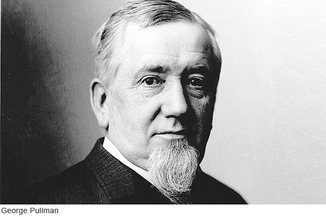
George Mortimer Pullman designed the a new train car that people could sleep in as they travelled. He built a city that centered around the factory. It consisted of over 1000 homes and public buildings included a bank, church, library, theatre, post office and parks and he required his workers to live there. This was not as wonderful as it seemed. It all came at a cost. Workers were charged to use the library. Rent was taken out of the wages. Investors in the city expected a 6% return on their investment. And workers were expected to obey a code of behavior. George Pullman wanted total control over his workforce.
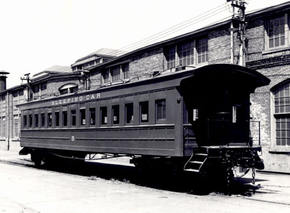 Pullman Sleeping Car
Pullman Sleeping Car
When the Panic of 1893 hit, Pullman took extreme measures to keep his business going and to keep that business making a profit. The Pullman Strike started when Pullman cut his labor force. He fired 2,200 of the 5,500 employees that worked for him. He increased the amount of hours the remaining employees were required to work and then he cut the remaining employees' pay by 25%. The workers protested because they were unable to survive on the wages. They asked the company to restore the old rates of pay. On May 11, 1894, the Pullman Company refused their request. So, the workers walked out in a 'wildcat' strike forcing the factory to close.
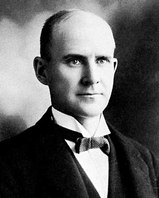 Eugene V. Debs
Eugene V. Debs
When the workers walked out, the American Railway Union, led by Eugene V. Debs, stepped in to help them. Eugene Debs ordered a nationwide boycott of all Pullman cars that covered most railroads in the country. He encouraged protests from the porters, engineers, brakemen, and switchmen. The protests, rallies and demonstrations turned violent. There were riots, property was destroyed, and trains were derailed. Any workers attempting to work were threatened and intimidated. Strikers also sabotaged railroads and Pullman Cars. Thirty people were killed in the riots. Damages from sabotage was close to $80 million.
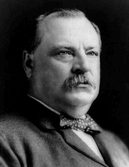 President Grover Cleveland
President Grover Cleveland
Governor Altgeld sent local militia to stop the riots, but many of the militia felt sorry for the strikers. So, George Pullman and the owners of the railroads asked President Cleveland to help. Because the strikers had resisted arrest by deputy marshals and had hindered the US postal service from delivering mail, the President was forced to send in Federal troops to stop the strikers. On July 2, 1894 a Federal writ was issued. It was a legal document that forbid the strikers to interfere with the US mail and with interstate railroad commerce.
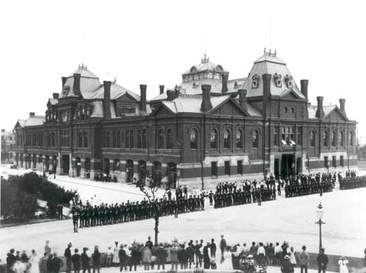 Striking American Railway Union members confront National Guard troops in Chicago during the Pullman Strike
Striking American Railway Union members confront National Guard troops in Chicago during the Pullman Strike
Federal troops consisting of infantry, cavalry and artillery were sent in to enforce the writ. They clashed violently with the strikers and there were deaths and serious injuries. Violence and riots grew worse and spread across the country. The President threatened the strikers with the full force of the US Army. He had labor leaders and many strikers arrested. The government argued that by striking, the railroad workers were interfering with the economy and that violated the Sherman Antitrust Act. The Pullman strikers were unable to resist the might of the United States government and on August 5, 1894 all labor action was stopped.
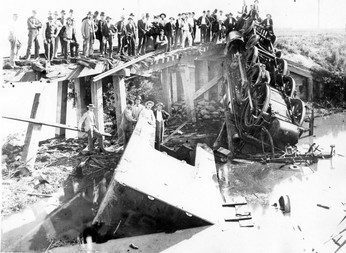 Pullman Strikers Sabotage the Railroad
Pullman Strikers Sabotage the Railroad
Over 100,000 employees working on 24 railroads around the Chicago area were involved in the strike. During the violent dispute, 12 people were shot. Over 500 strikers were arrested and over 400 found guilty. Reasons for the arrests included conspiracy to commit offenses and restrict trade, murder, assault, arson, burglary, intimidation and inciting to riot. The arrests included Officers of the American Railway Union and Eugene V. Debs, George W. Howard and Sylvester Keliher were found guilty of different offences. Union leader Eugene V. Debs was jailed for six months for contempt of court. The loss in wages of the Pullman strikers is estimated as at least $350,000 Workers representatives met with the company owner George Pullman but he refused to restore the wages or to reduce rents. The representatives were later dismissed from the company. After Federal troops ended the Pullman Strike, the government ordered that the American Railway Union was to be dissolved. It was not until four years later that measures were taken to settle railway disputes between workers and bosses.
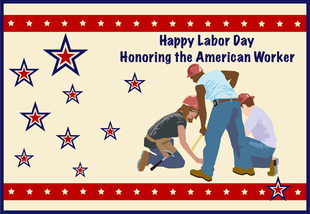
Though workers were not successful, the Pullman Strike was a very important event in United States History. It was the first time the president authorized the use of federal troops to put down a strike and that federal courts were used to stop union activity and dissolve a union completely. While Eugene V. Debs was in prison, he read the works of Karl Marx. After his release, he began the American Socialist Party. He ran for president five times starting in 1900 and became the leading promoter of Socialism in the United States. The Pullman Strike left many people angry and resentful. President Grover Cleveland wanted to show that he did support American workers, so he declared that the first Monday in September from then on would be a federal holiday dedicated to American workers. We call the holiday, Labor Day.